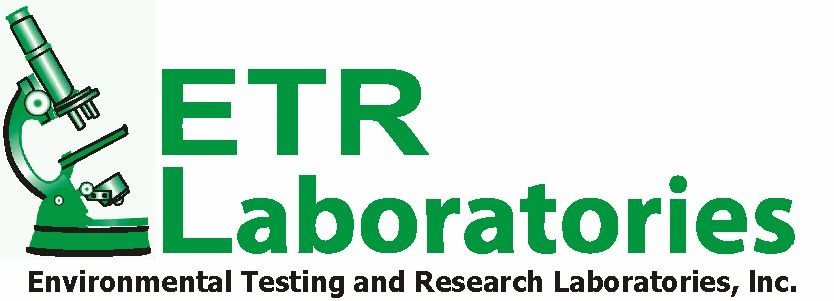
Get matched with top radon detection and reduction specialists in Waterville, WA
Enter your zip and get matched with up to 5 pros
Need a pro for your radon detection and reduction project in Waterville, WA?
Verified Reviews for Radon Detection And Reduction pros in Waterville, WA
*The Angi rating for Radon Detection And Reduction companies in Waterville, WA is a rating based on verified reviews from our community of homeowners who have used these pros to meet their Radon Detection And Reduction needs.
*The HomeAdvisor rating for Radon Detection And Reduction companies in Waterville, WA is a rating based on verified reviews from our community of homeowners who have used these pros to meet their Radon Detection And Reduction needs.
Last update on November 16, 2025
Find Radon detection and reduction specialists in Waterville
Cascade Radon Inc
Cascade Radon Inc
The Northwest's most experienced firm. Residential and commercial radon testing, mitigation, and system design for homes, schools, businesses. Radon-resistant design for new homes. We have been EPA-certified for over 25 years. Award winning. Radon is not a secondary endeavor for us… it’s all we do.
"Excellent from beginning to end. Very professional outfit from initial visit, quote, scheduling, work, followup. Price was reasonable, work quality went above and beyond, and radon levels dropped well below even the contractual level."
Claude S on April 2021
The Northwest's most experienced firm. Residential and commercial radon testing, mitigation, and system design for homes, schools, businesses. Radon-resistant design for new homes. We have been EPA-certified for over 25 years. Award winning. Radon is not a secondary endeavor for us… it’s all we do.
"Excellent from beginning to end. Very professional outfit from initial visit, quote, scheduling, work, followup. Price was reasonable, work quality went above and beyond, and radon levels dropped well below even the contractual level."
Claude S on April 2021

Environmental Testing & Research Laboratories, Inc
Environmental Testing & Research Laboratories, Inc
ETR Laboratories in an analytic laboratory with a broad range of commercial, industrial and individual clients. We provide analytic services using a wide variety of scientific methods including GC/MS, IC/MS, GIR, NMR and SEM equipment. We can do particle analysis, organic and inorganic chemical analysis and micro analysis on biological and other materials. Private water analysis is our specialty. Award winning. Additional DBA - Environmental Testing & Research Laboratories Inc, ETR Labs, ETR Laboratories.
"as advertised"
Nancy C on July 2018
ETR Laboratories in an analytic laboratory with a broad range of commercial, industrial and individual clients. We provide analytic services using a wide variety of scientific methods including GC/MS, IC/MS, GIR, NMR and SEM equipment. We can do particle analysis, organic and inorganic chemical analysis and micro analysis on biological and other materials. Private water analysis is our specialty. Award winning. Additional DBA - Environmental Testing & Research Laboratories Inc, ETR Labs, ETR Laboratories.
"as advertised"
Nancy C on July 2018
The Waterville, WA homeowners’ guide to radon detection and reduction services
From average costs to expert advice, get all the answers you need to get your job done.
 •
•Discover the average indoor air quality testing cost, what impacts pricing, and how to budget for healthier air in your home.
 •
•Find out what impacts radon testing costs, including average prices for DIY kits and professional services, so you can protect your home and budget confidently.
 •
•Find out the average cost of radon fan replacement, key price factors, and ways to save. Get expert tips to budget for your radon mitigation system.

Can a homeowner install a radon mitigation system? While some parts of the project are fine for DIY, you should leave the meat of the task to a licensed professional.

What is radon testing? Radon testing measures the presence and concentration of radon gas within indoor environments. Read on to learn more.

How long does a radon mitigation system last? A properly installed and maintained system can last 20 years or more, but various issues can reduce the life span.


